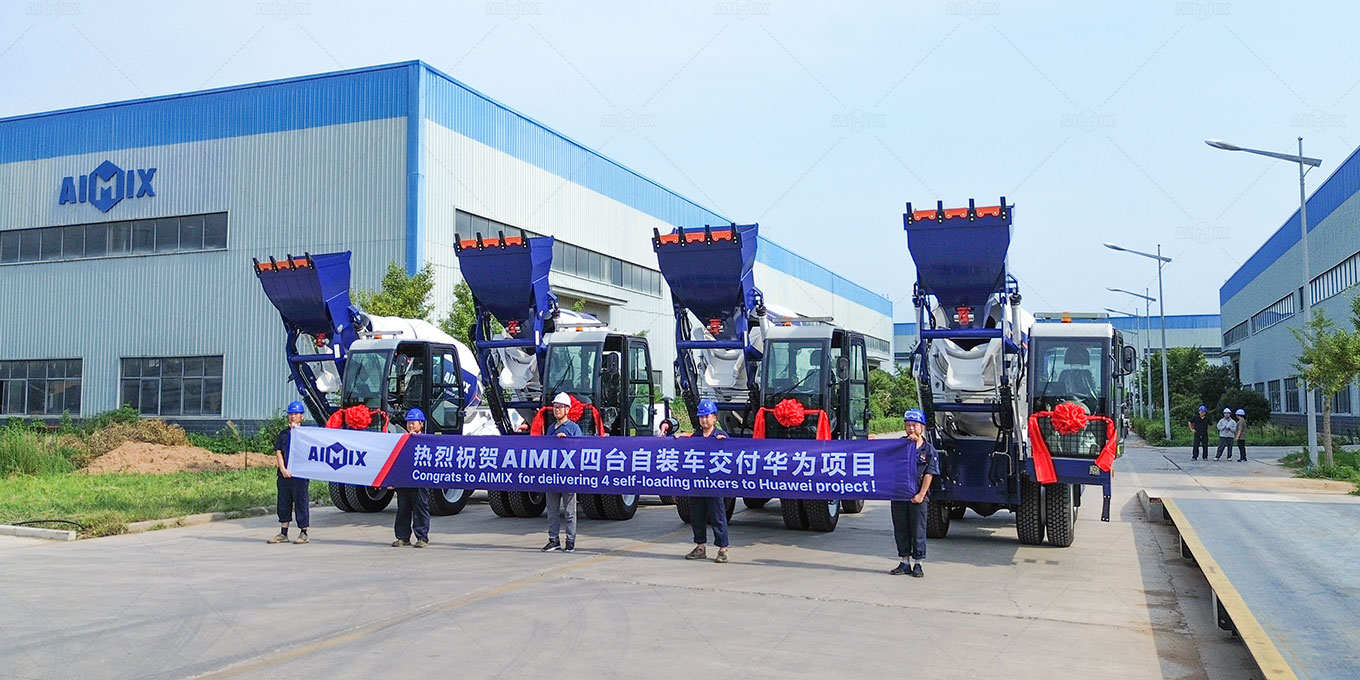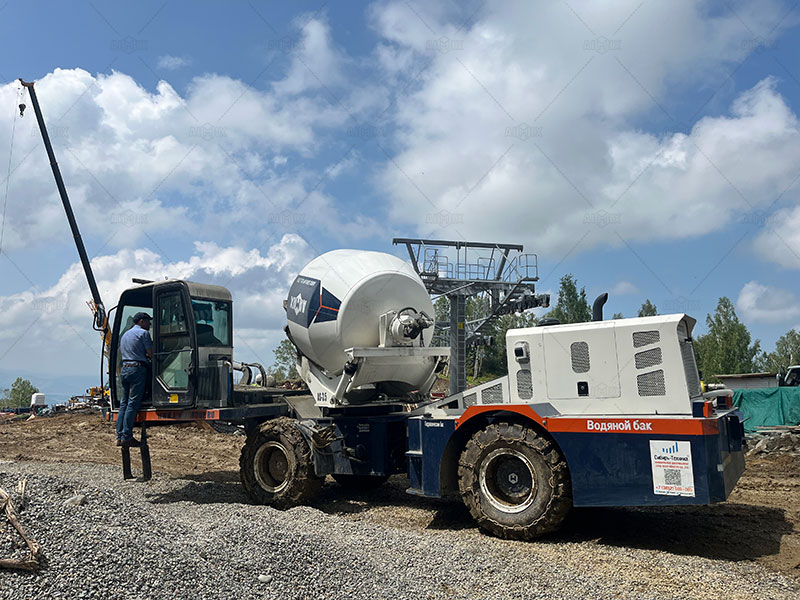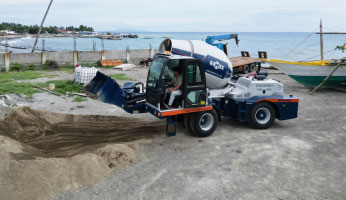The Nigerian construction landscape is a vibrant tapestry of ambition and challenge, where the drive to build is often met with the practical realities of cost, logistics, and labor. For countless contractors and developers, the pivotal question revolves around how to elevate efficiency without eroding already tight profit margins. The procurement of equipment sits at the very heart of this dilemma. Among the various options, the self-loading concrete mixer presents a particularly compelling proposition, promising a leap in operational independence. However, the self loading concrete mixer price point often becomes a significant point of deliberation. Understanding how this investment impacts local projects requires a nuanced look beyond the invoice, examining the profound ripple effects it creates across the entire construction lifecycle.

The Nigerian Construction Conundrum: Balancing Cost and Capability
Construction in Nigeria is frequently characterized by its complex logistical orchestration. The traditional method of manual batching is not only labor-intensive but also susceptible to significant inconsistencies in mix quality and protracted project timelines. Reliance on a steady supply of labor, water, and aggregates on-site can become a major operational bottleneck. Furthermore, the challenge of transporting ready-mix concrete over often congested and difficult terrain can lead to delays and compromised material integrity. The self-loading concrete mixer enters this context as an integrated solution. It consolidates the functions of a loader, batcher, and mixer into a single, mobile unit. This mechanization directly addresses the core inefficiencies that plague conventional methods, offering a path toward greater predictability and control in an otherwise unpredictable environment.
Deconstructing the Investment: More Than a Purchase Price
The price of concrete mixer in Nigeria is not a monolithic figure. It is a reflection of several critical variables that directly influence its capability and durability. Key factors include the machine’s mixing capacity, which dictates its output per cycle, and the level of automation, ranging from simple mechanical controls to advanced fully hydraulic systems with computerized proportional batching. The build quality, the origin of its core components like the engine and hydraulic pumps, and the inclusion of features such as four-wheel drive for enhanced site mobility all contribute to the final cost. A lower initial price might be attractive, but it can often signal compromises in robustness or features that lead to higher long-term operating expenses. Therefore, the initial price must be viewed as a gateway to understanding the machine’s inherent value proposition and its potential lifespan.

The Ripple Effect: How a Single Machine Transforms Project Economics
The true impact of a self-loading mixer is measured not at the point of sale, but across the duration of a construction project. Its most immediate effect is the dramatic reduction in manual labor. By automating the loading and mixing processes, a single operator can replace a large team of workers, leading to substantial savings on labor costs and minimizing disputes and management overhead. This efficiency translates directly into accelerated project timelines. The ability to produce concrete on-demand, exactly when and where it is needed, eliminates the waiting periods associated with manual batching or delayed deliveries. This timeline compression is a powerful financial advantage. Moreover, the precision of automated batching ensures a consistent water-cement ratio, which drastically reduces material waste and enhances the final concrete’s structural integrity and longevity. This operational synergy creates a compelling economic argument that often justifies the initial capital outlay.
Strategic Acquisition: Navigating the Purchase for Maximum Impact
For a Nigerian contractor, acquiring a self-loading [big concrete mixer for sale](https://aimixconcretesolution.com/concrete-mixers/large/
) is a strategic decision that demands careful consideration. The smartest approach involves evaluating the Total Cost of Ownership (TCO), which encompasses not just the purchase price, but also fuel consumption, routine maintenance, the cost and availability of wear parts, and the potential cost of unscheduled downtime. Perhaps the most critical factor in the local context is the availability of reliable after-sales service and technical support. A machine is an asset only when it is operational. A slightly higher investment in a brand with a strong local service network and readily available spare parts is infinitely more valuable than a cheaper machine that becomes a stationary monument during a breakdown. The final choice should be guided by a clear-eyed assessment of the specific project requirements, the terrain, and the long-term business strategy, ensuring that the investment delivers not just concrete, but a tangible competitive edge.

Comments
No comments yet. Be the first to react!